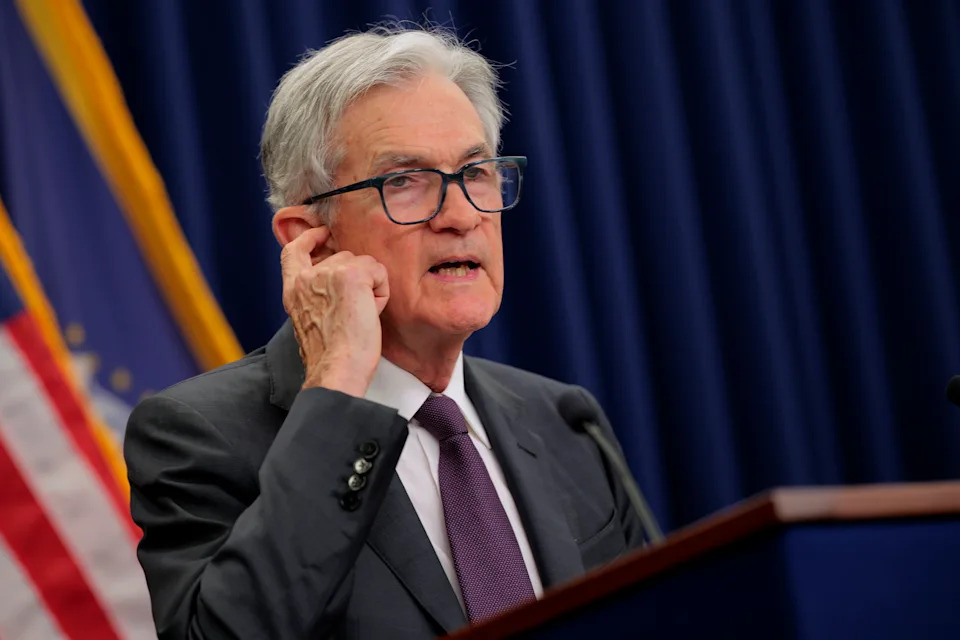
Job market concerns take center stage as earnings season rolls on: What to watch this week
Key Points
- Stocks declined from record highs on Friday following a disappointing US jobs report, with the S&P 500 falling nearly 2.4% for the week, Nasdaq down 2.2%, and Dow Jones shedding 1.2%.
- The July jobs report revealed fewer jobs added than expected, a higher unemployment rate, and significant downward revisions to prior months, increasing the likelihood of a Federal Reserve interest rate cut in September to 83%.
- A busy earnings week awaits with 122 S&P 500 companies reporting, including major players like Palantir (PLTR), Eli Lilly (LLY), and Disney (DIS), amidst heightened market volatility post-earnings.
- Despite economic concerns, AI investment remains a key driver for US stocks, with Big Tech earnings showing continued heavy investment in the sector.
- Earnings season shows S&P 500 pacing for 10.3% growth, though individual stock reactions to reports are more extreme, with investors highly sensitive to any imperfections.
Summary
US stocks fell from record highs on Friday after a weaker-than-expected July jobs report revealed fewer jobs added, a rising unemployment rate, and significant downward revisions to prior months’ data. This sparked a market sell-off, with the S&P 500 dropping nearly 2.4% for the week, Nasdaq declining 2.2%, and Dow Jones falling 1.2%. The disappointing labor market data shifted expectations, raising the probability of a Federal Reserve interest rate cut in September to 83% from 38%. Amidst economic concerns, a busy earnings week looms with 122 S&P 500 companies, including Palantir, Eli Lilly, and Disney, set to report, while market volatility post-earnings remains high. Despite the downturn, AI investment continues to drive optimism for US stocks, particularly in tech-heavy segments, as Big Tech earnings reflect sustained spending. Earnings season shows the S&P 500 on track for 10.3% growth, though individual stock reactions are sharper than usual, with investors reacting strongly to any misses or beats. A quieter week of economic news awaits, but the focus remains on corporate performance and potential Fed actions in response to labor market deterioration.
yahoo
August 4, 2025
Stocks


